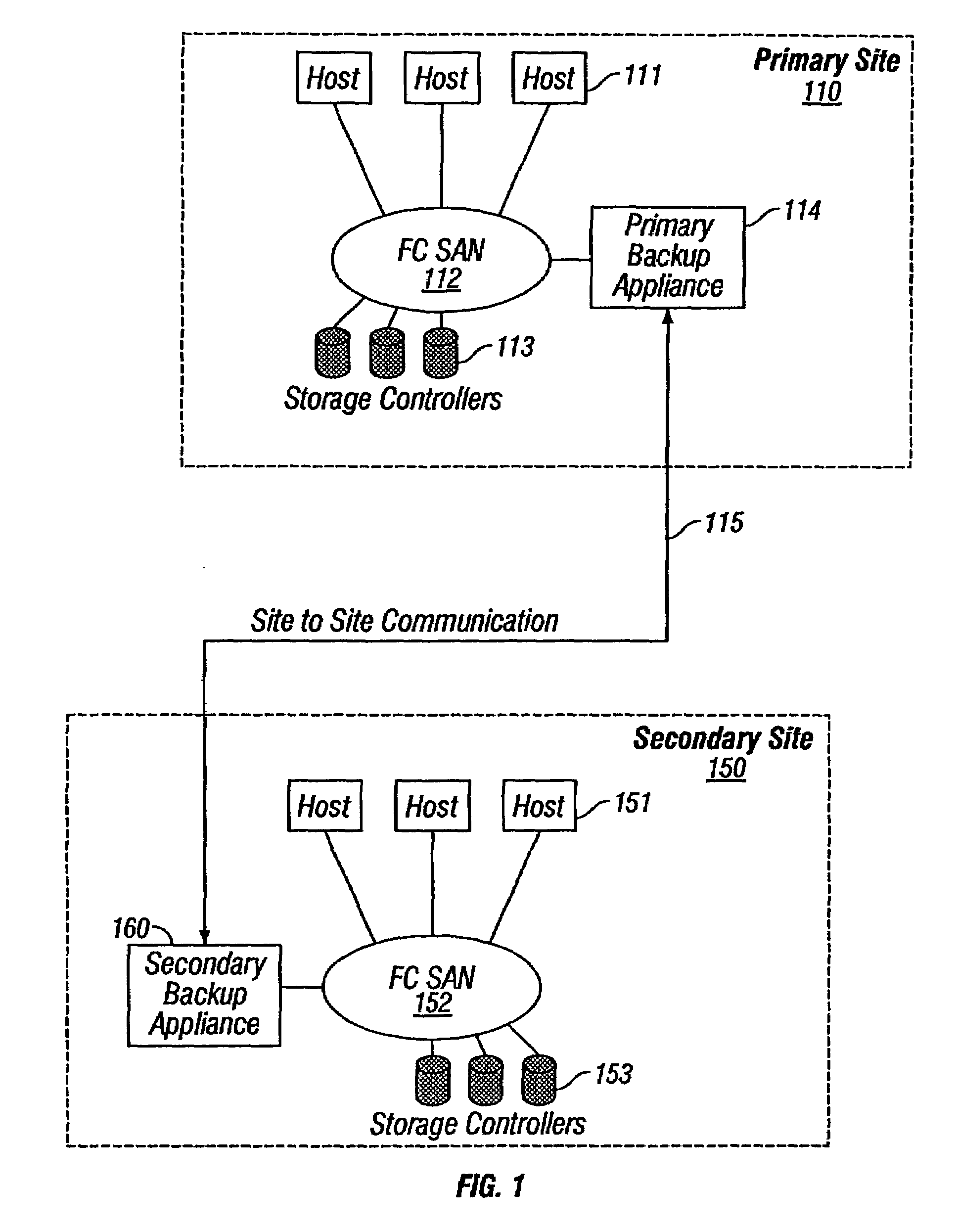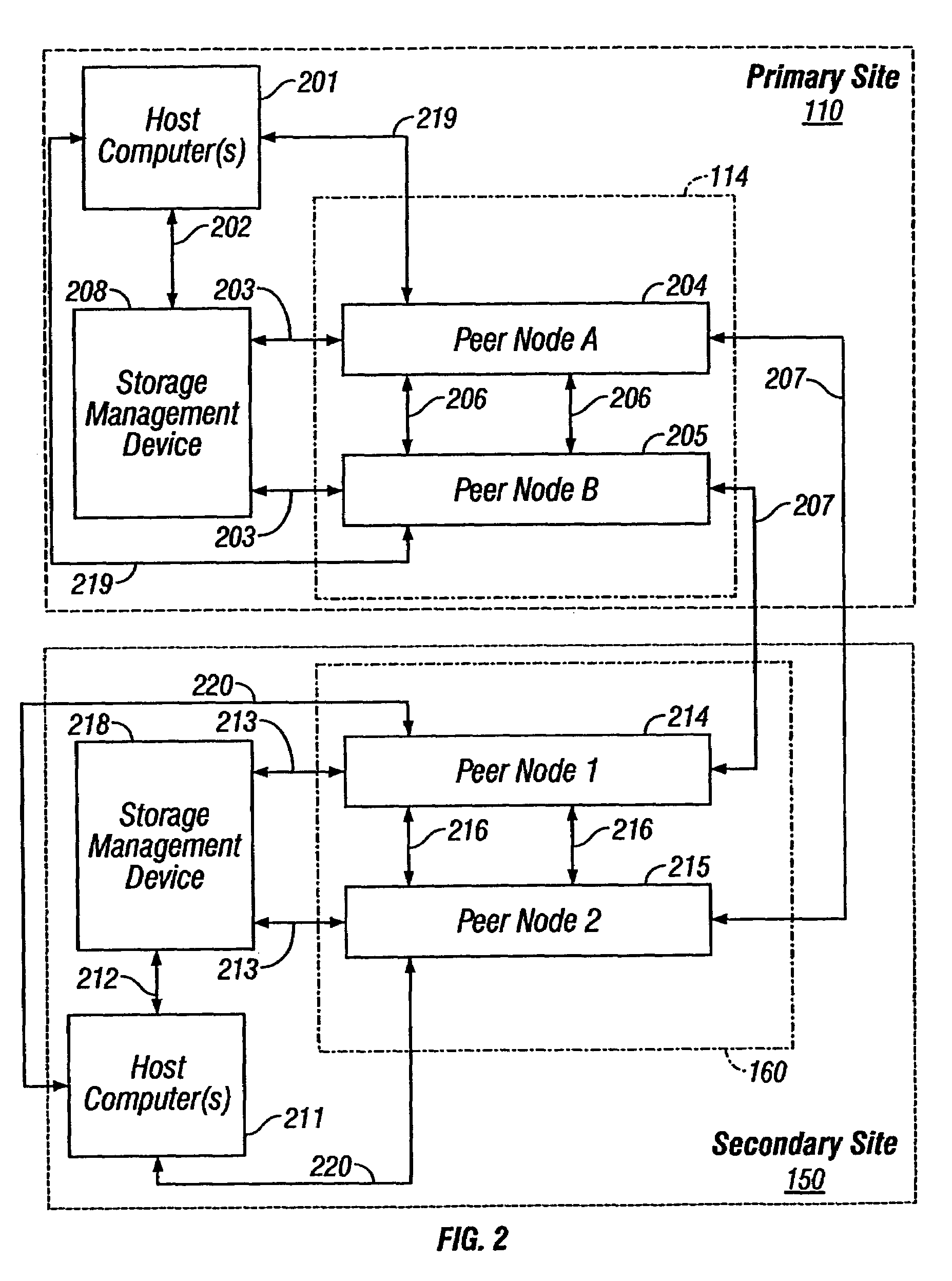Autonomic learning method to load balance output transfers of two peer nodes
a learning method and output transfer technology, applied in memory systems, error detection/correction, instruments, etc., can solve the problems of inconvenient transfer tasks, idle time for the first peer, and inoptimal data transfer division between the two peers
- Summary
- Abstract
- Description
- Claims
- Application Information
AI Technical Summary
Benefits of technology
Problems solved by technology
Method used
Image
Examples
Embodiment Construction
[0017]This invention is described in preferred embodiments in the following description. The preferred embodiments are described with reference to the Figures. While this invention is described in conjunction with the preferred embodiments, it will be appreciated by those skilled in the art that it is intended to cover alternatives, modifications, and equivalents as may be included within the spirit and scope of the invention as defined by the appended claims.
[0018]Data storage systems may maintain more than one copy of data at secondary data storage sites to protect against losing the data in the event of a failure of any of the data storage components at the primary site. FIG. 1 shows a block diagram of a data storage system with a primary site 110 and secondary site 150. Primary site 110 and secondary site 150 are data storage sites that may be separated by a physical distance, or the sites may be located in close proximity to each other. Both the primary site 110 and secondary s...
PUM
 Login to View More
Login to View More Abstract
Description
Claims
Application Information
 Login to View More
Login to View More - R&D
- Intellectual Property
- Life Sciences
- Materials
- Tech Scout
- Unparalleled Data Quality
- Higher Quality Content
- 60% Fewer Hallucinations
Browse by: Latest US Patents, China's latest patents, Technical Efficacy Thesaurus, Application Domain, Technology Topic, Popular Technical Reports.
© 2025 PatSnap. All rights reserved.Legal|Privacy policy|Modern Slavery Act Transparency Statement|Sitemap|About US| Contact US: help@patsnap.com



